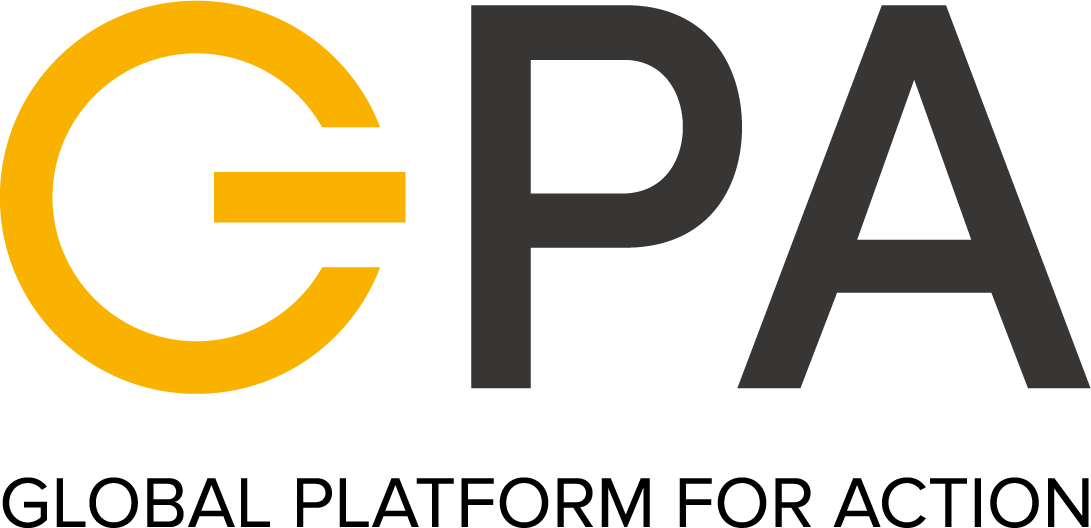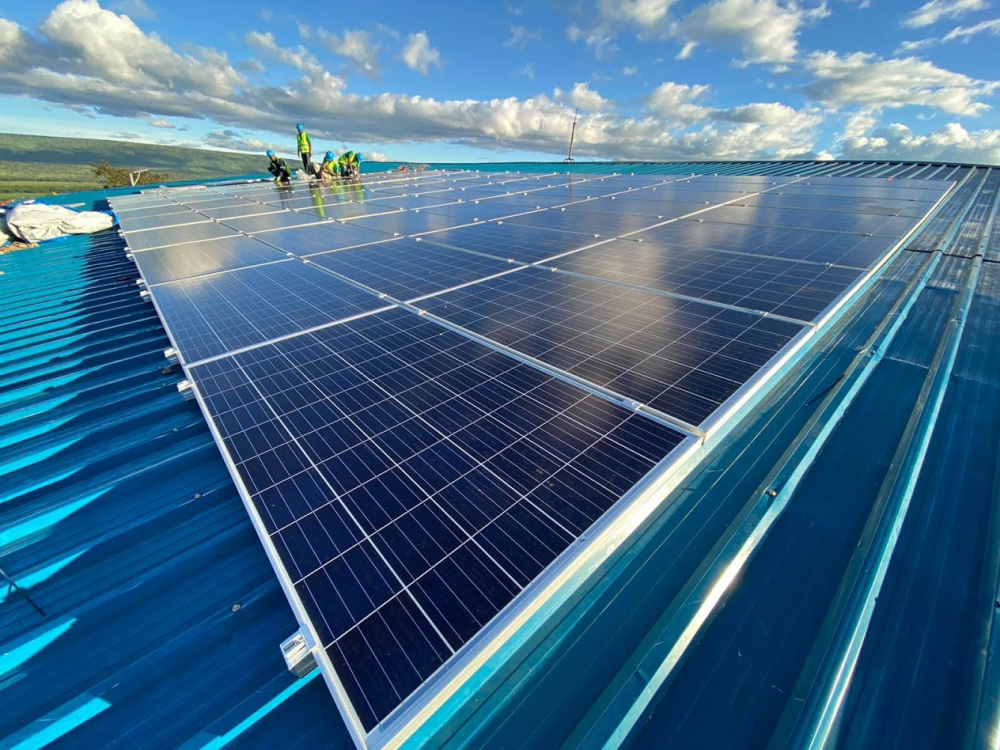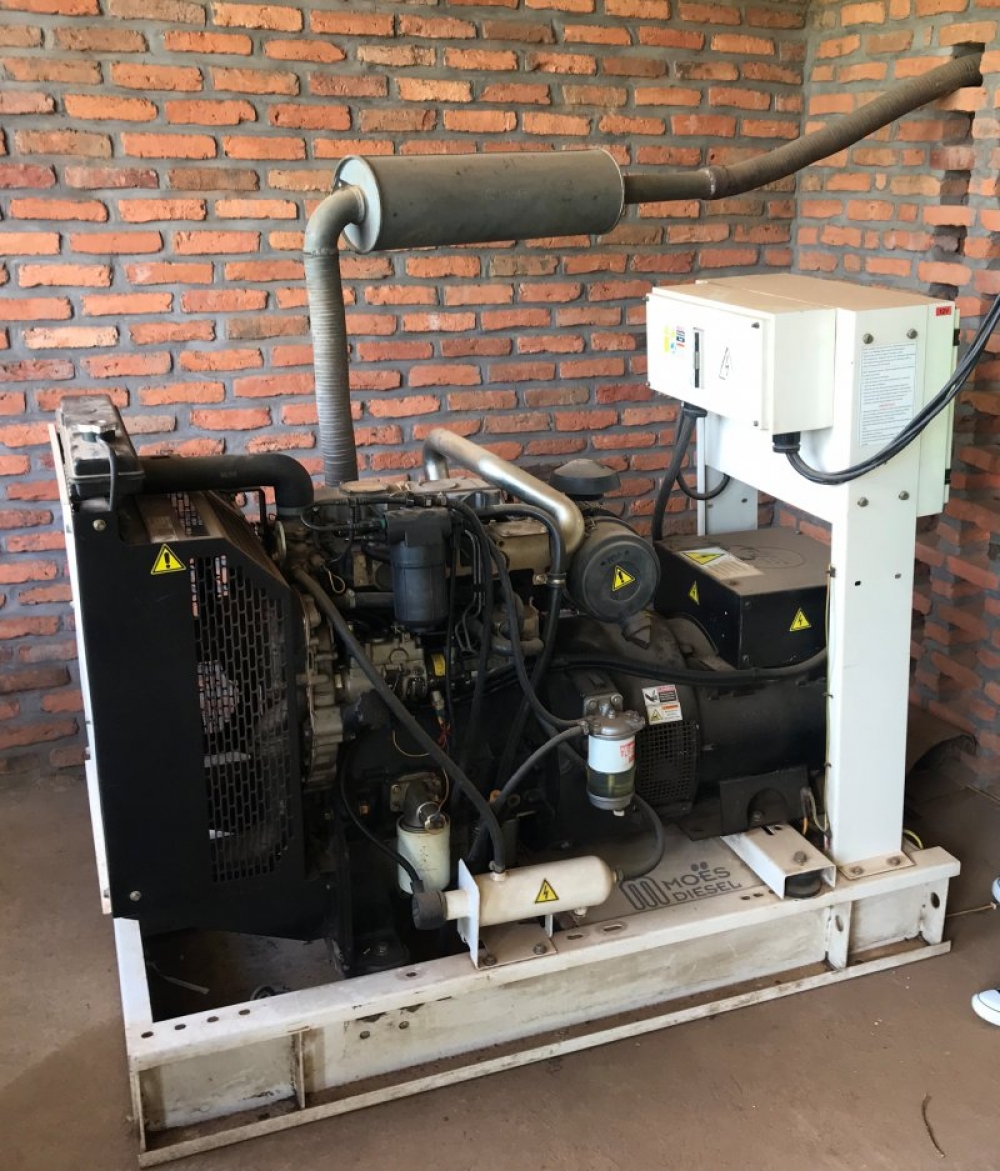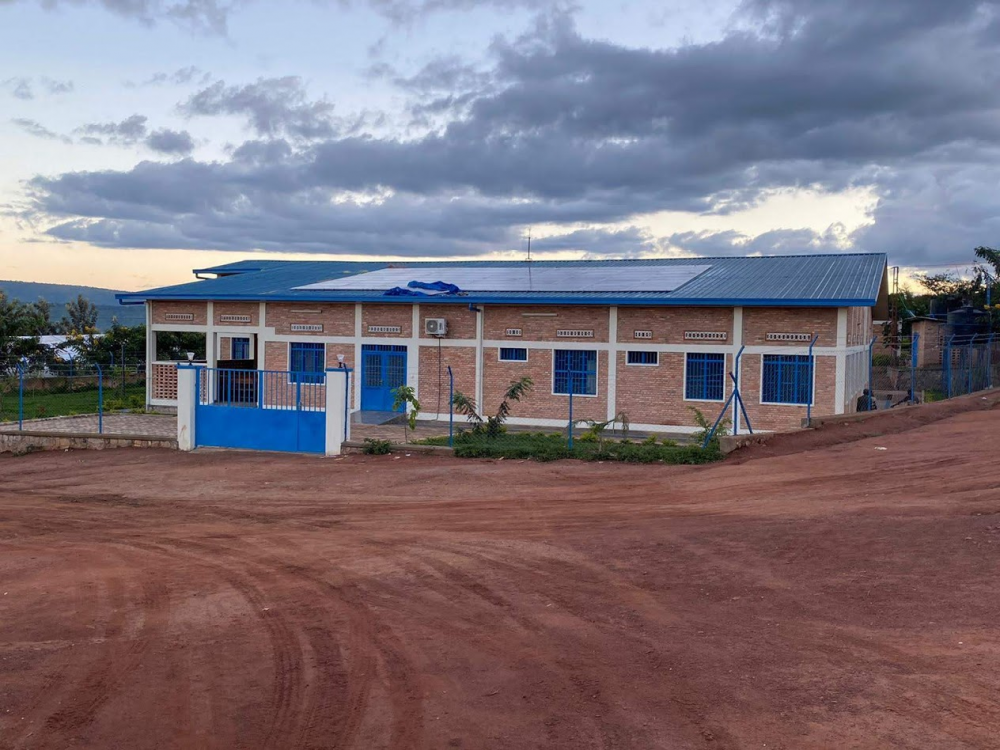In this section
In this sectionSustainable mini-grids in refugee camps: A case study of Rwanda
Data and evidence
Implementing sustainable energy solutions can promote resilient and productive livelihoods for displaced people. Transitioning from diesel power to solar mini-grids offer a solution that can provide both financial and environmental savings in refugee camps. Research by the Grantham Institute - Climate Change and the Environment at Imperial College London describes how Rwanda, a country with ambitious renewable energy targets and a progressive policy framework towards refugees, offers a valuable case study in implementing sustainable mini-grids to offset diesel usage in camps and catalyse new opportunities.
Opportunities for cleaner power
There is a clear need to explore alternative options for electricity generation in situations of displacement: it has been estimated that humanitarian agencies are heavily reliant on fossil fuels, spending $1.2 billion annually for transport and diesel, which is incongruent with the United Nations commitment to cut greenhouse gas (GHG) emissions by 45% between 2020 and 2030.
Many refugee camps, particularly those in rural areas far from the national grid network, rely on diesel generators as their main source of power for administrative, healthcare and operational electricity access. This means there is a significant opportunity to utilise decentralised sources of electricity, such as solar power, as a viable alternative throughout the humanitarian response system.
Despite their potential, sustainable energy systems are met with several issues:
- Technical barriers: access to camps can be challenging, data is scarce and limited expertise results in the premature failure of systems
- Financial barriers: renewable energy systems generally require larger up-front investments and have longer payback times, despite rapidly falling technology costs, which poses an issue when working on short term, one-year humanitarian budgets
- Policy barriers: regulatory uncertainty around displacement settings and complex relationships between humanitarian actors are difficult for new entrants to navigate, combined with difficult procurement processes of UN agencies
Many similar issues, relating to electricity access in rural areas, have been addressed by Rwanda’s pragmatic approach: implementing clear national strategies and favourable policies towards off-grid electrification, combined with targeted investment in renewable energy, have resulted in household access to electricity increasing from 6% in 2008 to 49% in 2019.
Rwanda also has a progressive attitude towards displaced people: the country adopted the Comprehensive Refugee Response Framework in 2018, giving refugees the right to work, access bank services, and for children to enrol in the national education system. This aims to support more that 150,000 displaced people currently resident in Rwanda, mainly from the Democratic Republic of the Congo (DRC) and Burundi, provide similar opportunities to the host communities, and integrate them into the economic life of the country.
With private sector solar companies becoming increasingly interested in engaging in displacement settings, Rwanda offers excellent potential for implementing sustainable energy in the six refugee camps in the country.
Designing sustainable electricity systems
Research at Imperial College London focuses on investigating the applications of mini-grids using computational modelling, making it possible to both design electricity systems under many different configurations - such as using diesel only, renewables (solar and battery storage), or a hybrid approach - and quantify their costs, savings and other impacts. We do this using CLOVER, a free open-source model developed at Imperial College London.
The Renewable Energy for Refugees (RE4R) project, a partnership between Practical Action and UNHCR and supported by the IKEA Foundation, provided the data used in the study. These data were gathered in Nyabiheke Camp, which hosts more than 13,000 refugees from DRC, by installing smart meters at key locations around the camp. We estimated that the usage of diesel generators, presently the only source of power for operations and water pumping, costs around $30,000 and emits more that 100 tonnes of CO2 per year.
Replacing the diesel system with solar generation and battery storage would save both costs and GHG emissions, whilst still providing the same levels of electricity service. We estimate that a fully renewable system can reduce costs by 32% and CO2 emissions by 83% over its lifetime, whilst a hybrid system with 40% renewable energy would reduce costs by 22% and CO2 emissions by 27%.
Overcoming barriers to sustainable energy
Considering different types of systems, and in particular the amount of renewable energy introduced into a diesel system, allows us to design solutions to fit a range of economic and environmental objectives. Thanks to the RE4R project we were able to use first-hand data as a strong foundation to propose a range of potential options for the design of the electricity system, but more data - ideally standardised, open source and actionable - will be required to build up a comprehensive picture of the energy needs in camps globally.
Although a hybrid system provides more modest savings compared to its fully renewable counterpart, it requires far lower initial investment: just $13,000 to get the system to 40% renewable power. This gives a payback time of approximately one year, potentially compatible with the one-year funding cycles of many humanitarian agencies.
A fully renewable system, however, has a longer payback period of around six years - but offers greater cost and CO2 savings over its lifetime. This type of system will likely require additional support from policymakers, donors and humanitarian agencies to reduce the risk to acceptable levels for the private sector to engage in the energy provision in camps, for example the ability to commit to longer-term power agreements, financial guarantee mechanisms, and greater collaboration between all stakeholders.
Putting theory into practice
Computational modelling can provide valuable insights into the potential advantages of renewable power in situations of displacement, and in much more detail than could be covered here, but there is no substitute for practical implementation. Working with our partners MeshPower, a leading minigrid developer in Rwanda, and Strathmore University we are investigating the performance of newly-installed solar power integrated into an existing diesel system in Mahama Refugee Camp, Rwanda.
Using remote monitoring to gather data about the performance of the electricity system, we are investigating how alternative diesel operation strategies can maximise the usage of the installed solar and battery capacity - increasing the proportion of energy that comes from renewables. The electricity distribution network has also been extended to the local marketplace, with street lights installed along the way. Soon refugee businesses will be able to connect to the system to provide power to their livelihoods, offering the same opportunities as are available in the host community, and - we hope - a delivery model that can be replicated in other camps in the future.
Written by Philip Sandwell and Javier Baranda Alonso, researchers at Imperial College London and members of GPA Working Group V on Data and Evidence.
Last updated: 14/04/2020



